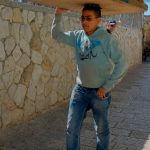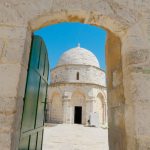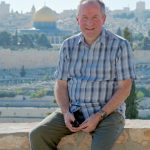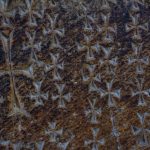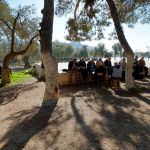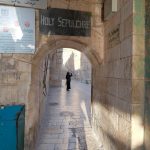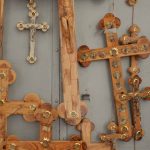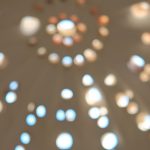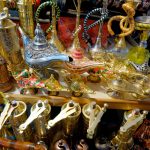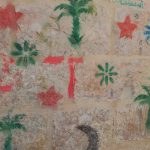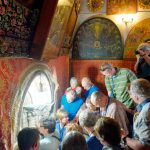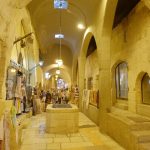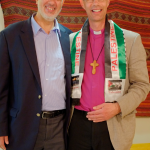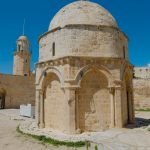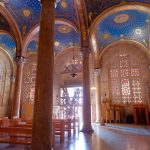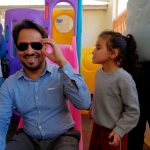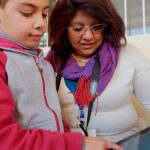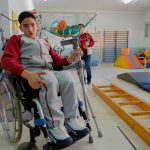The posts from 20-28 March 2014 were originally posts formatted for Tumblr. Click here to see the original blog.
I set out to write this blog after prompting from those who look after the Diocese of Leicester web site ahead of my trip (http://www.leicester.anglican.org). The purpose was to participate in a course at St George’s College Jerusalem in a course entitled “Sharing Perspectives: Muslims and Christians in the Holy Land”.
I have written with a little trepidation. Visiting Jerusalem with a group of Christians and Muslims was always going to be a challenging learning experience. So my thoughts below are very much my first thoughts, not I hope my last, as I reflect on what I have seen, done and heard. I am not planning to write any more here but may do so in other places.
Above all things I have learned how important it is to build good relations with those among whom we live. In Jerusalem I have seen the potential of truly good relations reaching across great divides and the destructiveness of bad relations. It is clear to me where human flourishing is to be found and what is most honouring to God.
It has been a delight to travel to Jerusalem with the companions I have had over the last week and to learn alongside members of St George’s College. We have, I hope, shared good relations on which we can build.
Below I have included a few photographs that never made it into the original blog but which I like nevertheless. If you want to see more they are here: (http://www.dropbox.com/sh/5icbiyn8hgu60a3/74AFrqpBiY#). Please contact me directly through the Diocese of Leicester if you want to use any of the photographs for commercial purposes.
If you haven’ been following this trip as it unfolded but want to read about it I suggest you go to the last page first (http://archdeaconinjerusalem.tumblr.com/page/4) and read backwards.


